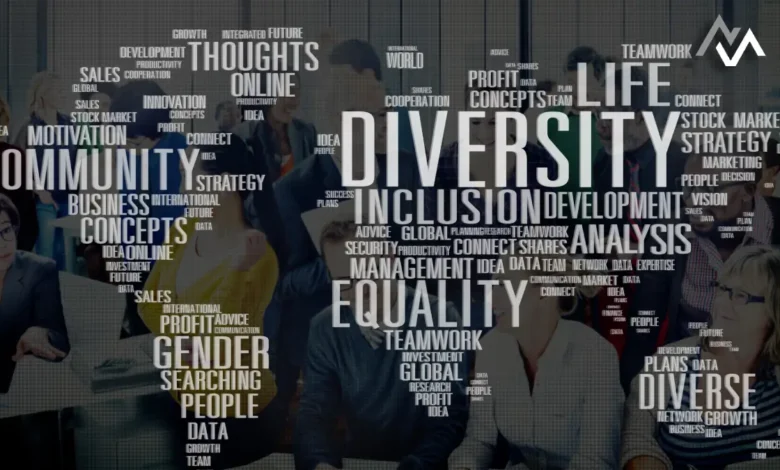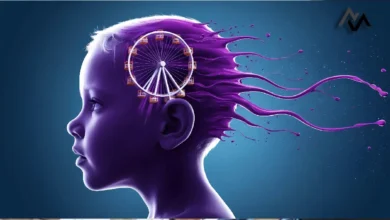The Revolutionary Impact of Large Language Models on Knowledge Graphs

In the rapidly evolving world of artificial intelligence, large language models (LLMs) like GPT and BERT have transformed how we interact with data. These sophisticated models, which can process and generate human-like text, are not only changing natural language processing but also revolutionizing the construction and optimization of knowledge graphs. By integrating LLMs into the process, knowledge graphs have become more dynamic, scalable, and insightful.
What Are Knowledge Graphs?
Knowledge graphs are structured representations of information, where entities (such as people, places, or concepts) are linked by relationships. They enable machines to understand data in a contextual, meaningful way. Traditionally, knowledge graphs were built through labor-intensive processes like manual annotation or predefined rules. However, LLMs have introduced a new era of automation and enhanced comprehension to this field
LLMs and Their Role in Knowledge Graphs
Large language models excel at understanding and generating text. They can analyze vast amounts of unstructured data, such as text documents or web content, and identify entities and relationships within them. This capability allows LLMs to automatically populate and expand knowledge graphs, reducing the need for manual curation.
Moreover, LLMs improve the accuracy of knowledge graphs by inferring relationships that might not be explicitly stated. For example, by analyzing text, an LLM can determine that two entities, although not directly linked, share a meaningful connection, thus enriching the graph’s structure.
Enhancing Insights and Scalability
One of the major benefits of incorporating LLMs into knowledge graphs is scalability. LLMs can process enormous datasets and continuously update knowledge graphs as new information becomes available. This leads to more accurate, up-to-date, and insightful graphs that can be leveraged for advanced applications like personalized recommendations, search engines, and semantic analysis.
The Future of AI-Driven Knowledge Graphs
As LLMs continue to evolve, their integration with knowledge graphs will push the boundaries of what AI systems can achieve. The future lies in their potential to generate even more complex and sophisticated relationships, making knowledge representation more intuitive and intelligent.




